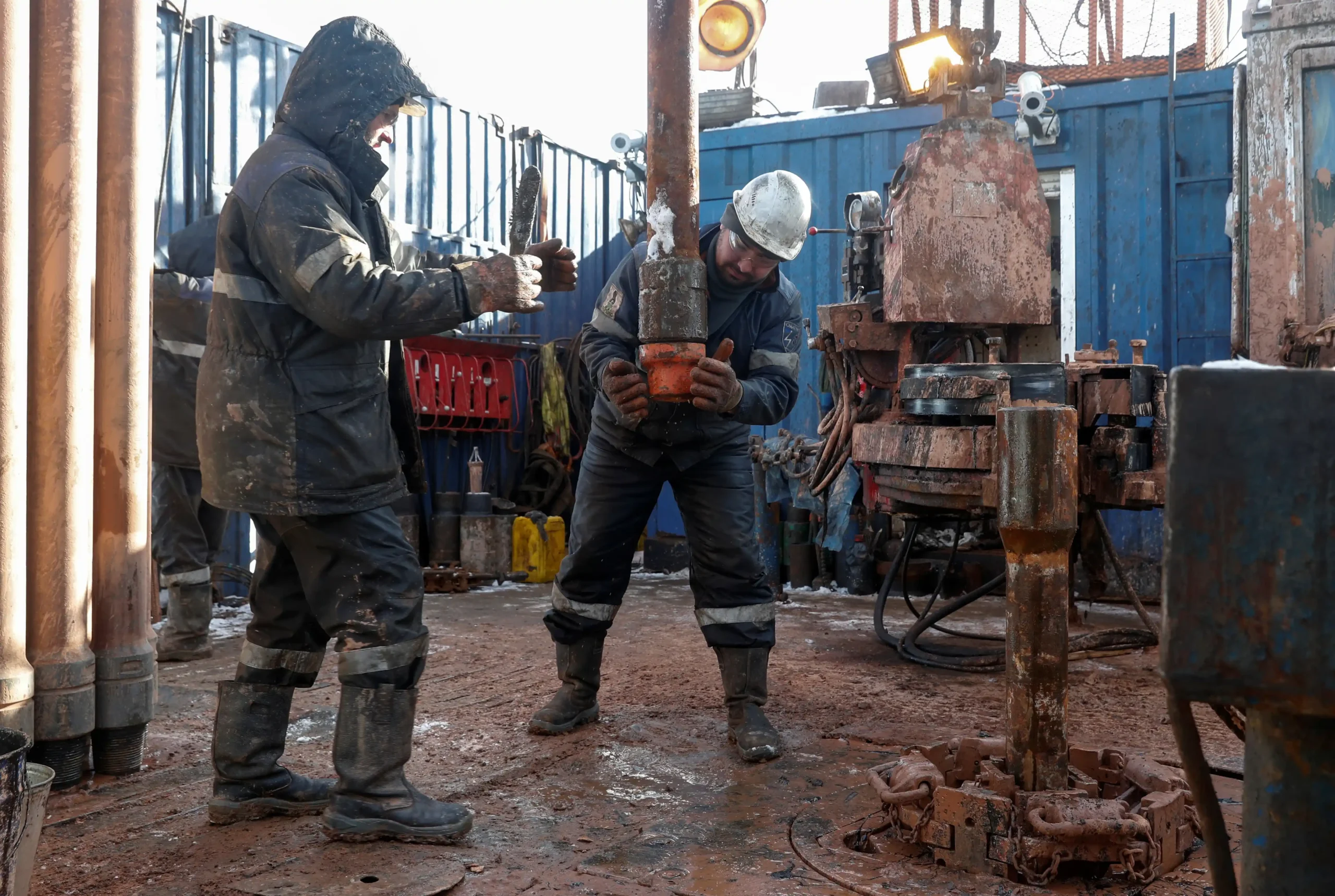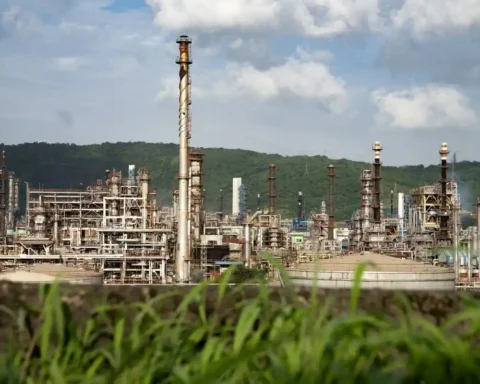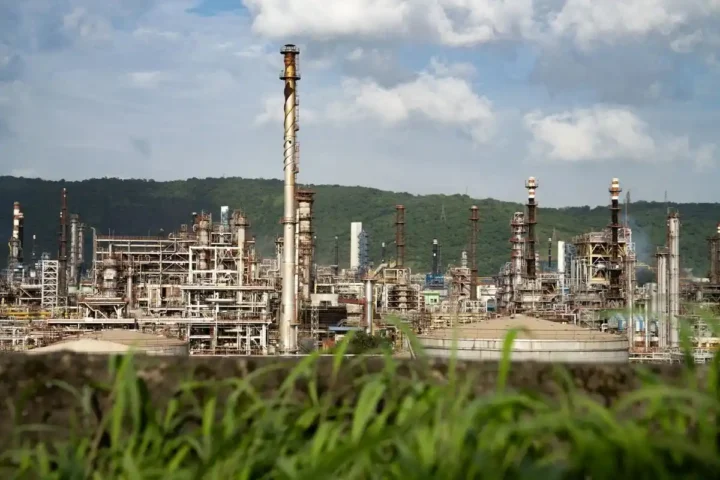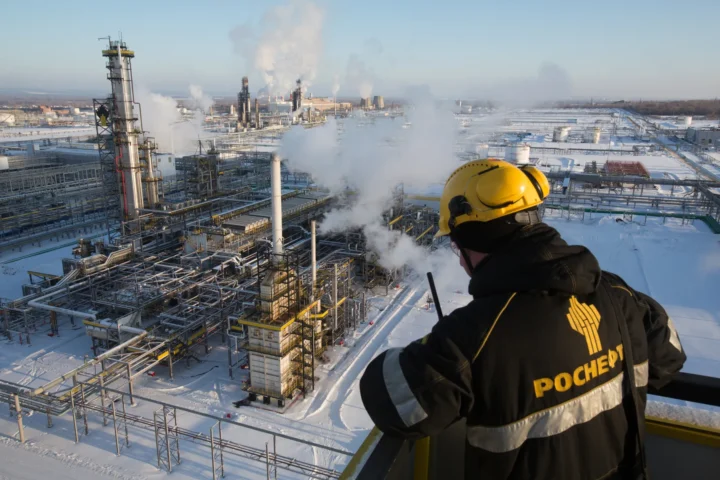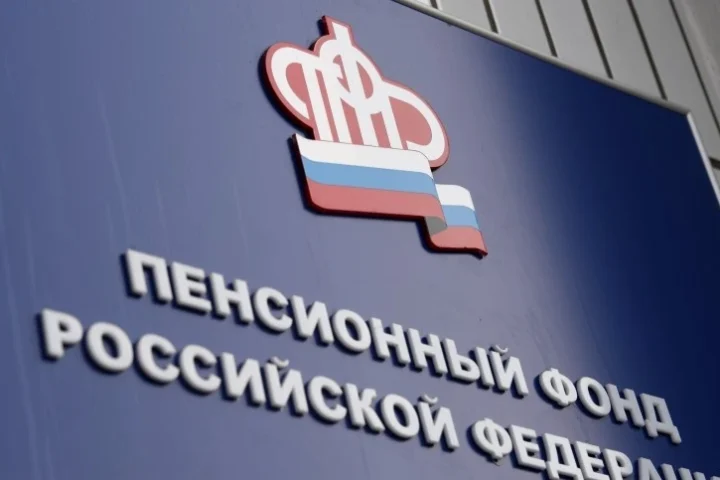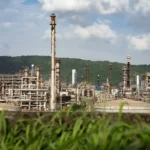
Several Russian companies have been added to the US SDN (Specially Designated Nationals) list, which prohibits American entities from engaging with them. This inclusion significantly threatens Russia’s energy exports. The coal sector offers a clear precedent: in 2024, sanctions hit major players like SUEK, Mechel, and others, leading even non-Western importers to scale back purchases due to fears of secondary sanctions.
Energy Exports and Market Shifts
Customs data for the first nine months of 2024 illustrate the fallout. China reduced its imports of Russian coal by 17% to 66 million tons, South Korea by 35% to 14.1 million tons, and Turkey by 11% to 18.2 million tons. Russia’s share in these markets shrank considerably, most notably in China, where it dropped from 35% in 2023 to 26% in 2024. These shifts highlight the growing pressure on Russia’s energy exports due to sanctions.
The sanctions pose an even greater challenge for LNG projects. Two facilities in Leningrad Oblast—the Cryogas-Vysotsk plant (820,000 tons/year) and the Portovaya LNG complex (1.5 million tons/year)—are likely to face disruptions. The experience of the Arctic LNG-2 project, sanctioned in November 2023, shows that US restrictions can prevent the sale of LNG cargoes, even those already shipped.
Challenges Across Energy Sectors
In the coal sector, the outlook is bleak. Major producers such as Kuzbassrazrezugol, Russian Coal, and Kolmar subsidiaries are now under sanctions. These companies account for over half of Russia’s coal production, suggesting that 2025 will be even more challenging than 2024, a year already marked by plummeting export prices, Chinese import duties, and US restrictions.
The oil sector faces parallel risks. The inclusion of Gazprom Neft and Surgutneftegas in the SDN list has raised the stakes for buyers concerned about secondary sanctions. Securing “shadow fleet” tankers—uninsured by Western firms—has also become more difficult, as the US Treasury’s OFAC has blacklisted dozens of vessels flagged in countries such as Panama and Gabon.
This logistical strain is likely to widen the Urals-Brent discount temporarily, potentially reaching $15–20 per barrel. However, the inclusion of the higher-priced Siberian ESPO crude in Russia’s tax calculations starting in 2025 may partially offset these budget losses.
Vulnerabilities in Infrastructure and Services
The impact extends to oilfield services. Companies such as Petroengineering, NewTech Well Service, and Technologies OFS, which rely on imported equipment, are now unable to access critical supplies. Over time, this could constrain production. Refineries owned by Gazprom Neft and Surgutneftegas are also vulnerable, as sourcing parts from Western nations—and increasingly China—becomes challenging due to fears of secondary sanctions.
Large-scale projects, including Rosneft’s flagship Vostok Oil initiative in Krasnoyarsk Krai, face funding difficulties as sanctions deter foreign investment in energy infrastructure. Similar issues affect projects in the gas and lithium sectors, such as Achimgaz’s development of the Urengoy field and Polar Lithium’s operations in the Murmansk region.
Economic and Strategic Implications
The peak impact of these sanctions is expected in 2025. A reduction in oil, coal, and LNG exports, alongside a widening Urals-Brent discount, is expected to strain the federal budget, weaken the trade balance, and potentially destabilize the ruble. Constraints on refinery operations will likely exacerbate gasoline shortages, contributing to double-digit price increases for high-octane fuel.
Finally, the expanded sanctions regime has rendered the Russian market even less appealing to foreign investors. Without external financing, the economy increasingly depends on state subsidies, a strategy that is unsustainable given the risk of depleting the liquid portion of the National Wealth Fund. Any reduction in defense spending could push the economy into recession, making structural reforms inevitable.
While the immediate outlook appears grim, these risks may not persist indefinitely. The inauguration of Donald Trump and potential de-escalation in Ukraine could create conditions for easing sanctions. Whether companies like Gazprom Neft and Kuzbassrazrezugol are removed from the SDN list will depend on the flexibility of Russian foreign policy. For now, US sanctions have heightened the probability of a significant economic downturn.


